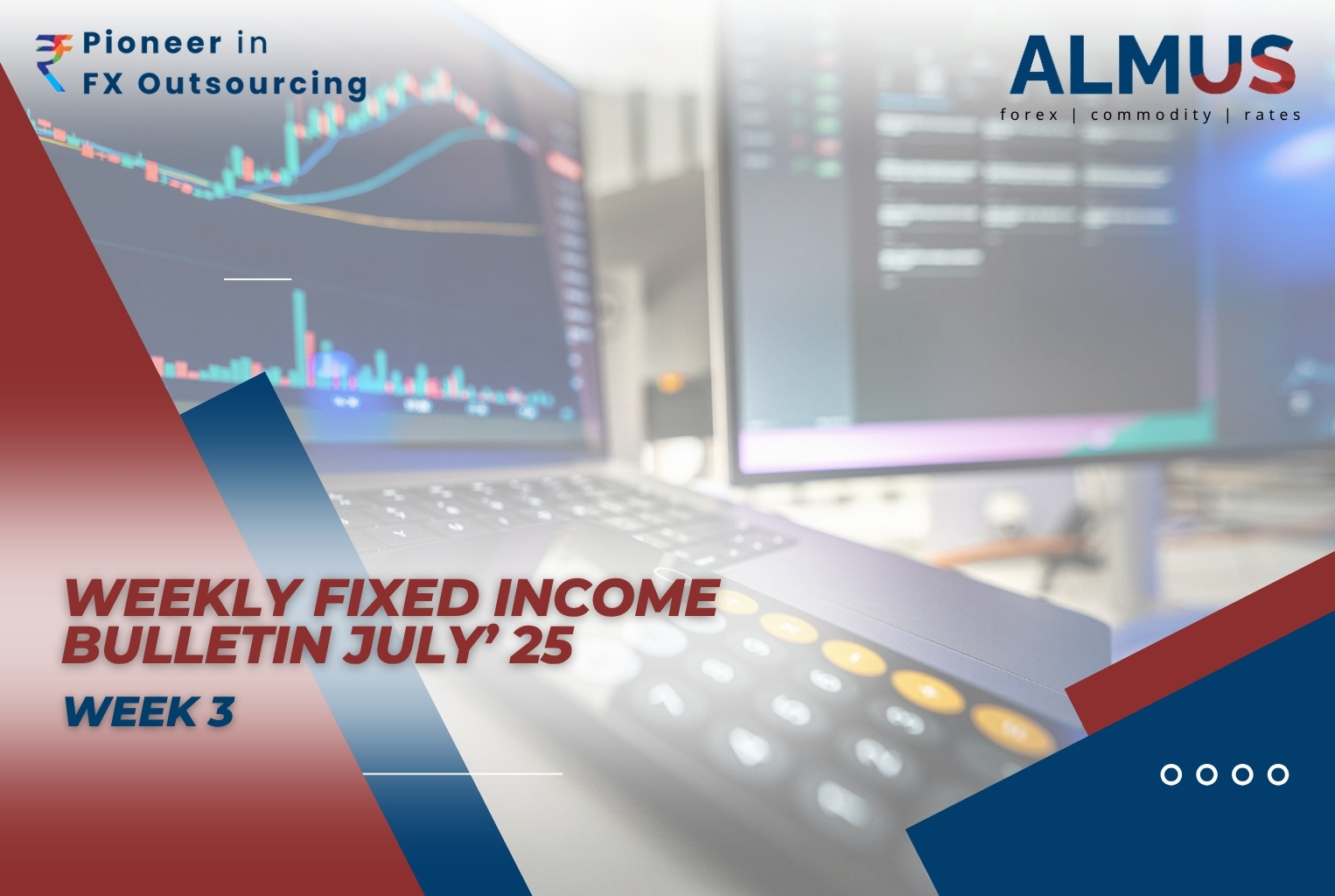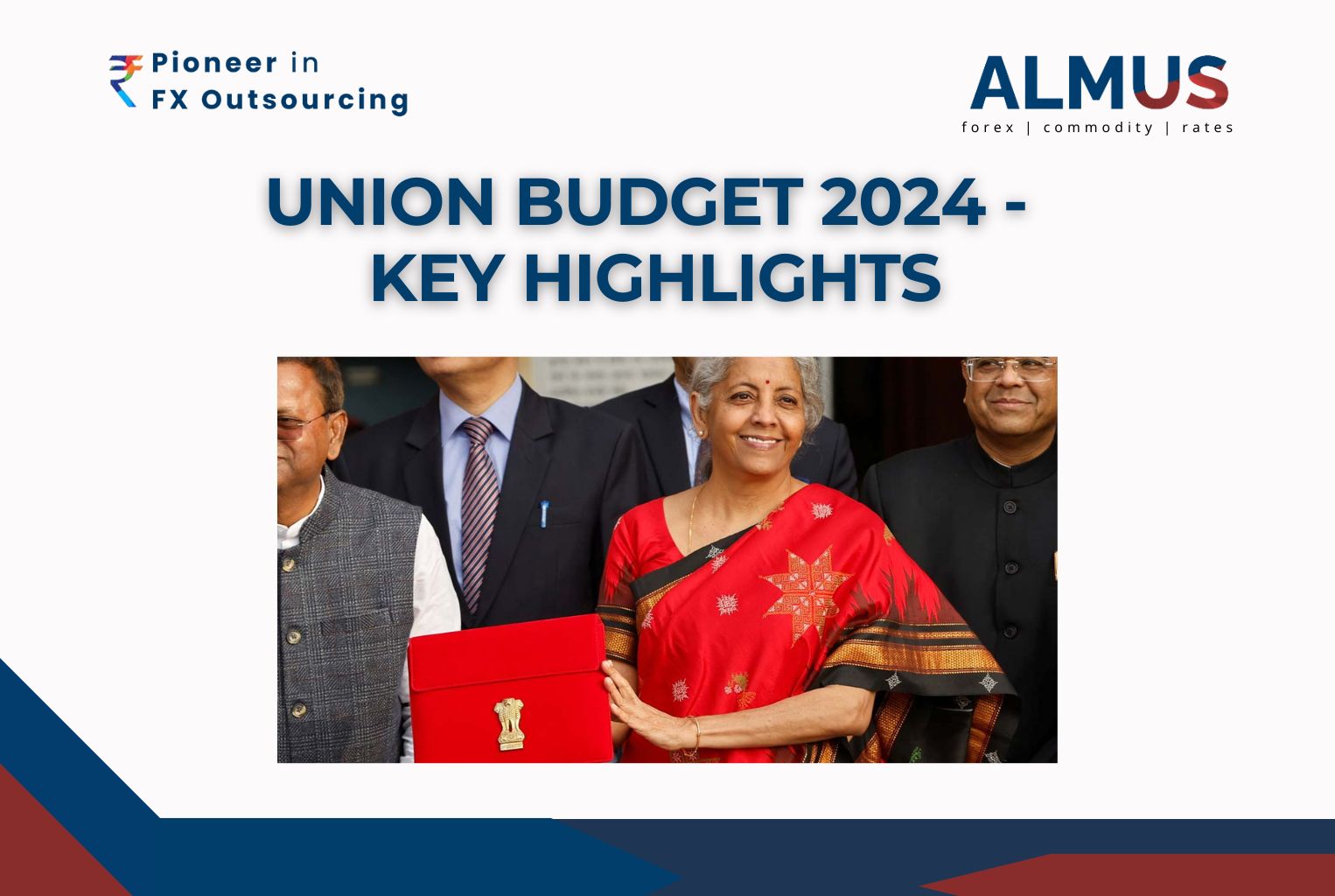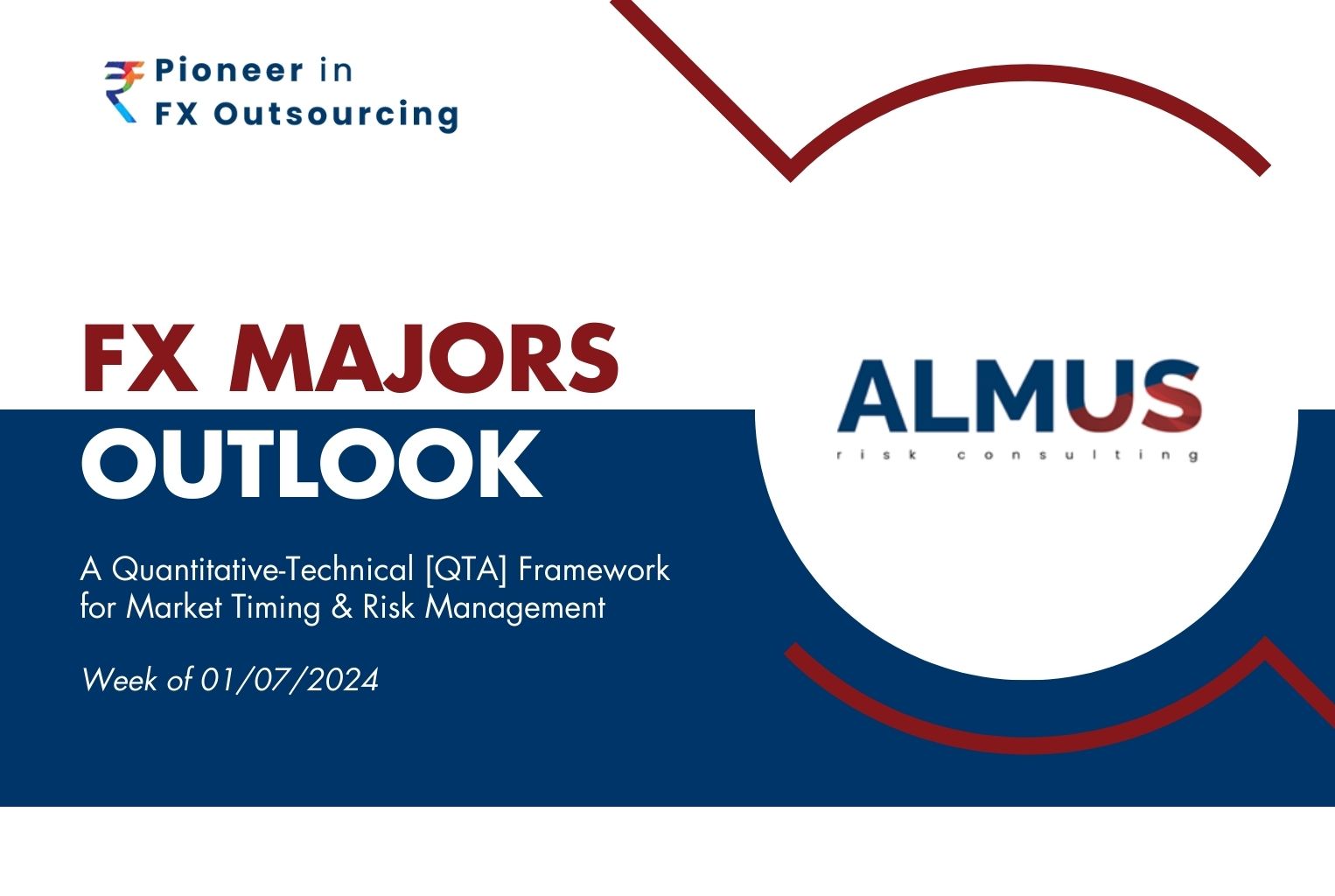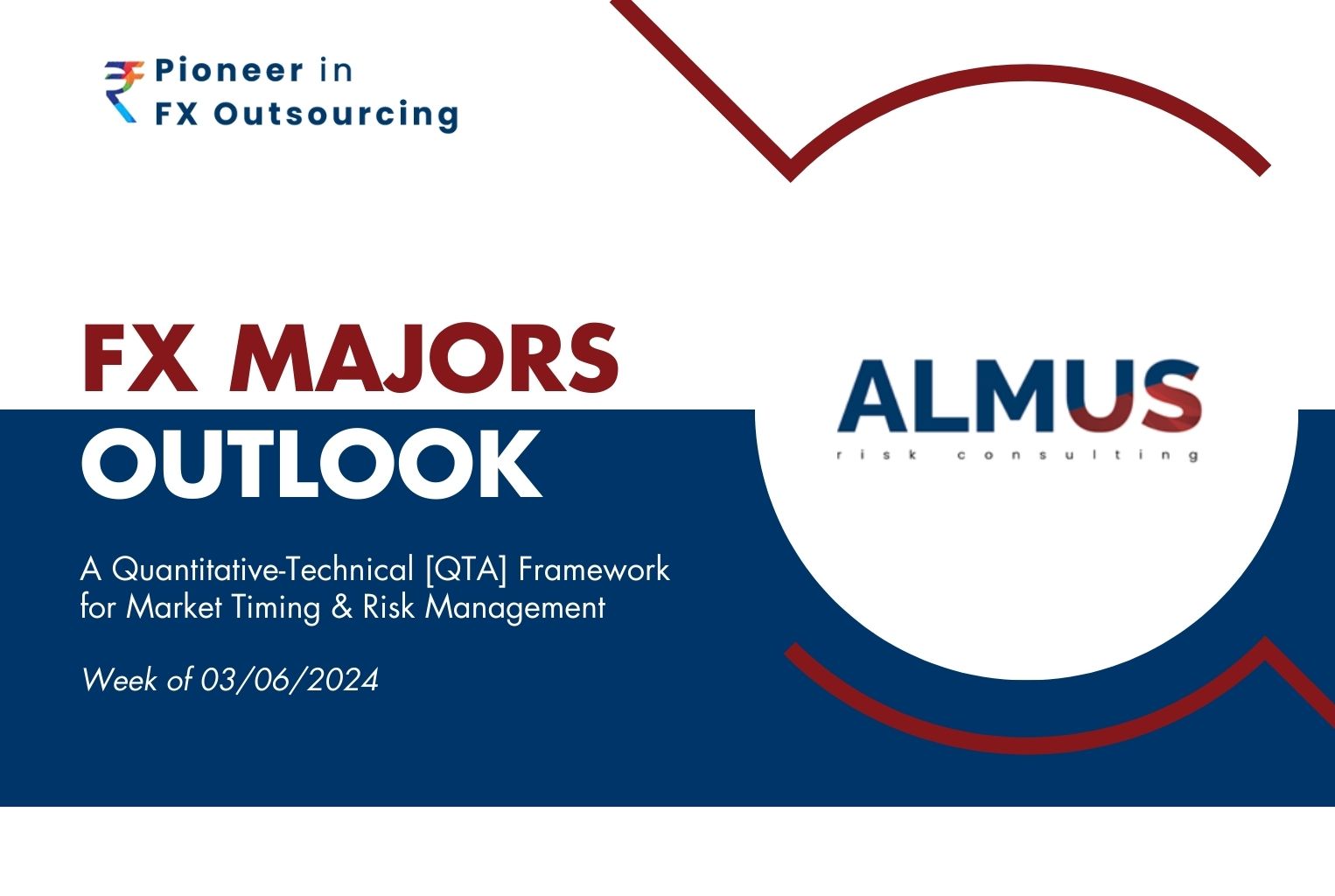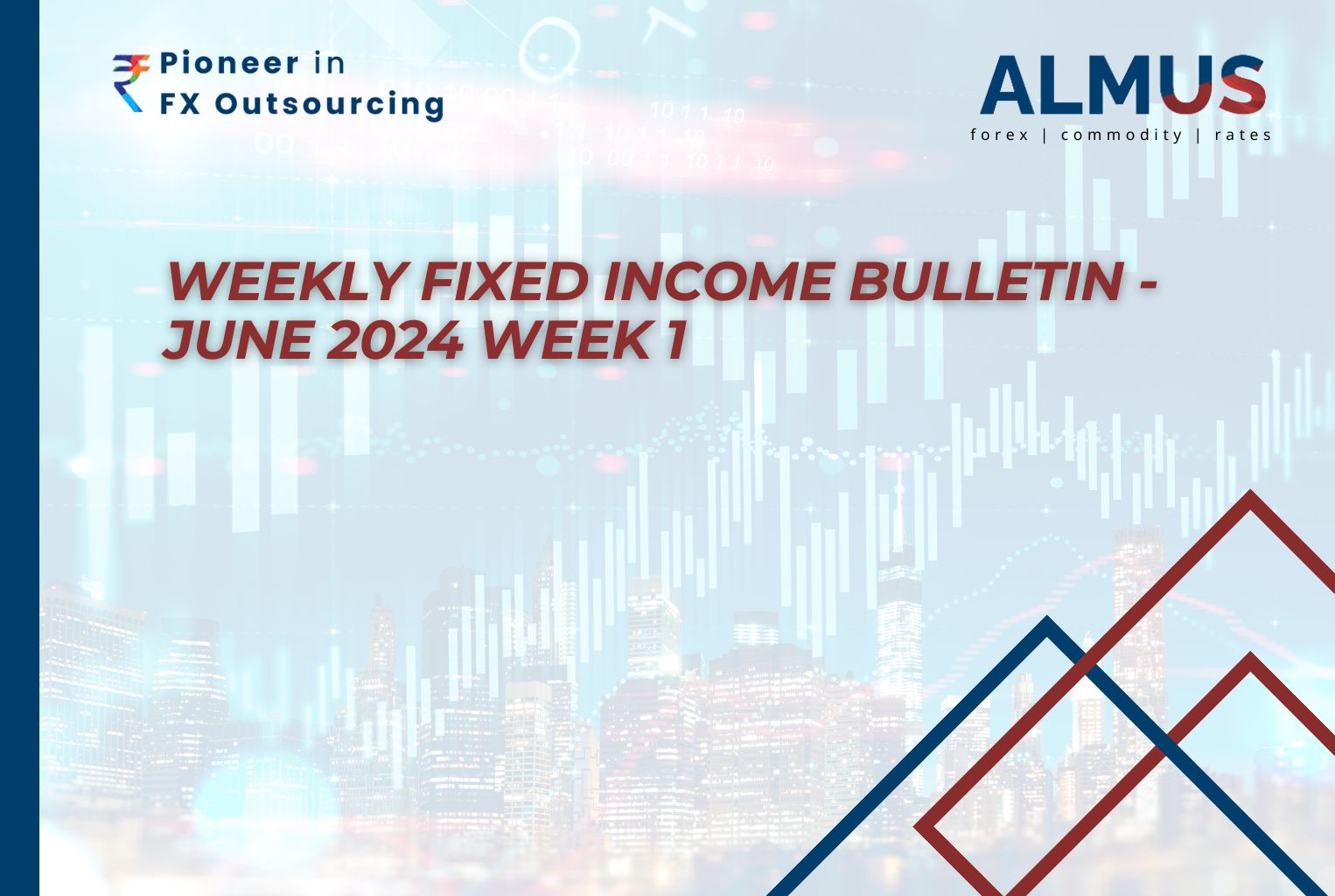Union Budget 2024 – Key Highlights
Key highlights of the Union Budget
FX Majors Outlook – 1st July 2024
A Quantitative-Technical [QTA] Framework for Market Timing & Risk Management
FX Majors Outlook – 17th June 2024
A Quantitative-Technical [QTA] Framework for Market Timing & Risk Management
FX Majors Outlook – 10th June 2024
A Quantitative-Technical [QTA] Framework for Market Timing & Risk Management
FX Majors Outlook – 3rd June 2024
A Quantitative-Technical [QTA] Framework for Market Timing & Risk Management
FX Majors Outlook – 27th May 2024
A Quantitative-Technical [QTA] Framework for Market Timing & Risk Management

